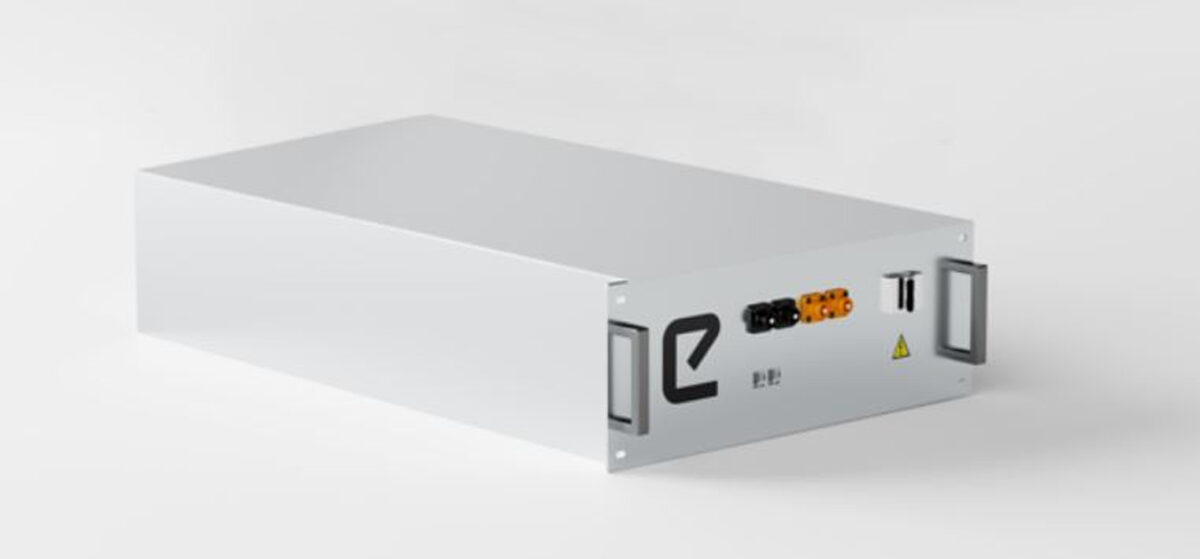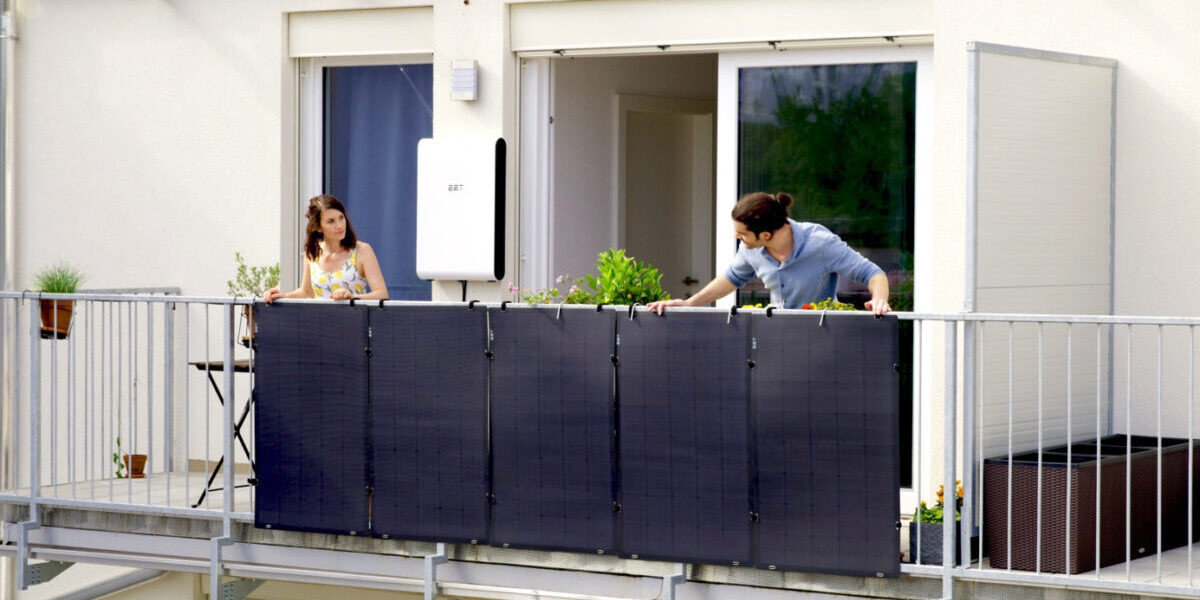From pv magazine ESS News site
The energy storage market was worth between $44 billion and $55 billion in 2023, and it’s predicted to reach up to $150 billion by 2030. However, it faces major economic and supply challenges related to the usage of batteries made with scarce and price-volatile materials. How can your company help address these issues?
Eloisa de Castro: Enerpoly develops and manufactures batteries using zinc and manganese as the active materials. The strategic use of globally available and reusable materials plays a significant role in ensuring a stable and reliable supply chain that is resistant to price volatility and geographical constraints. Our zinc-ion batteries rely 100% on a European supply chain, which reinforces their resilience.
Our batteries are environmentally friendly, cost-effective, and safe, and address various large-scale stationary energy storage requirements, including grid stabilization services or reliable backup power. In essence, the attributes of our batteries allow us to provide scalable, reliable and sustainable energy storage solutions.
Enerpoly’s technology meets the affordability, safety, and sustainability demands that are essential for the clean energy transition. Additionally, our recent grant from the Swedish Energy Agency, which will be used to build the world’s first megafactory for zinc-ion batteries, demonstrates that zinc-ion batteries can be affordably and mass-produced at scale.
How did you solve the rechargeability issues typical of zinc-ion batteries?
Enerpoly implemented several key innovations to address these issues. Our zinc-ion batteries use a zinc metal anode and manganese dioxide cathode. We developed strategies that limit inactive manganese species from forming. This is important because manganese oxide could change phase to electrochemically inactive Mn3O4 and cause battery degradation. This innovation significantly enhances both battery performance and rechargeability.
Second, we had to tackle the problem of zinc dendrite formation on the anode. Zinc dendrites can cause short-circuits. We developed a proprietary electrolyte and a controlled battery operation approach to prevent dendrites. Optimization of the battery as a whole must be considered each time there is an innovation to one component, and we have been careful to balance any potential side reactions that can occur with each new modification.
What would the rise of zinc-ion batteries entail for the supply chain and zinc prices?
Zinc is already used in a variety of industrial applications, so an increase in the demand of zinc batteries is unlikely to result in major price fluctuations. Zinc-ion batteries are better insulated from supply chain issues and inflation that have impacted the energy space in recent years. If you look at the zinc prices compared to lithium prices in 2022 and 2023 when commodity prices were the most volatile, lithium had a 14x price volatility and zinc had around 1x.
In addition to that, I expect that the existing recycling of zinc and the extraction of zinc from other important industrial applications creates a more circular supply chain and makes the sourcing flexible, therefore keeping the price quite low and stable. Enerpoly’s focus on zinc, a more stable and less geopolitically constrained material, positions us to appropriately manage any potential cost instability even as demand rises.
How viable is mining and refining of zinc?
Here’s what is in zinc’s favor: zinc is responsibly and sustainably mined in Europe, and there is 200 times more mining capacity for zinc than there is for lithium in Europe. As for the refined battery-grade materials, Enerpoly uses similar materials as in non-rechargeable zinc-alkaline batteries, and the refining and manufacturing of zinc for European battery manufacturing has been done successfully and reliably for decades by the suppliers of existing European battery giants for the non-rechargeable version of this battery. I cannot say for certain that we will never run into issues, but I have confidence that the chance of coming across major obstacles is very, very low.
Apart from supply chain issues, lithium-ion batteries also carry significant safety risks and face sustainability challenges in their manufacturing and recycling processes. How are zinc-ion batteries different?
Enerpoly’s zinc-ion batteries use no components that can cause thermal runaway, and our zinc-ion batteries, unlike other battery chemistries, are not classified as dangerous goods and are therefore safe for transportation and storage. Some potential positive effects of increased safety include further reduced cost because there is no need for specialized fire suppression components and lower insurance costs, and the ability to deploy in safety-critical applications as well as dense urban areas without the risk of explosions.
Enerpoly’s batteries also use state-of-the-art dry electrode manufacturing and they do not require dry rooms or toxic solvents in production, all of which significantly reduces the energy consumption to manufacture them. Because our batteries use similar materials to the well-established zinc alkaline non-rechargeable battery, there is already an existing recycling infrastructure available for recycling worldwide, further contributing to a decarbonized economy and interestingly, potentially making the batteries even more cost-effective due to lower cost of decommissioning batteries that have fulfilled their lifetime.
To continue reading, please visit our new EES News website.
This content is protected by copyright and may not be reused. If you want to cooperate with us and would like to reuse some of our content, please contact: editors@pv-magazine.com.



By submitting this form you agree to pv magazine using your data for the purposes of publishing your comment.
Your personal data will only be disclosed or otherwise transmitted to third parties for the purposes of spam filtering or if this is necessary for technical maintenance of the website. Any other transfer to third parties will not take place unless this is justified on the basis of applicable data protection regulations or if pv magazine is legally obliged to do so.
You may revoke this consent at any time with effect for the future, in which case your personal data will be deleted immediately. Otherwise, your data will be deleted if pv magazine has processed your request or the purpose of data storage is fulfilled.
Further information on data privacy can be found in our Data Protection Policy.